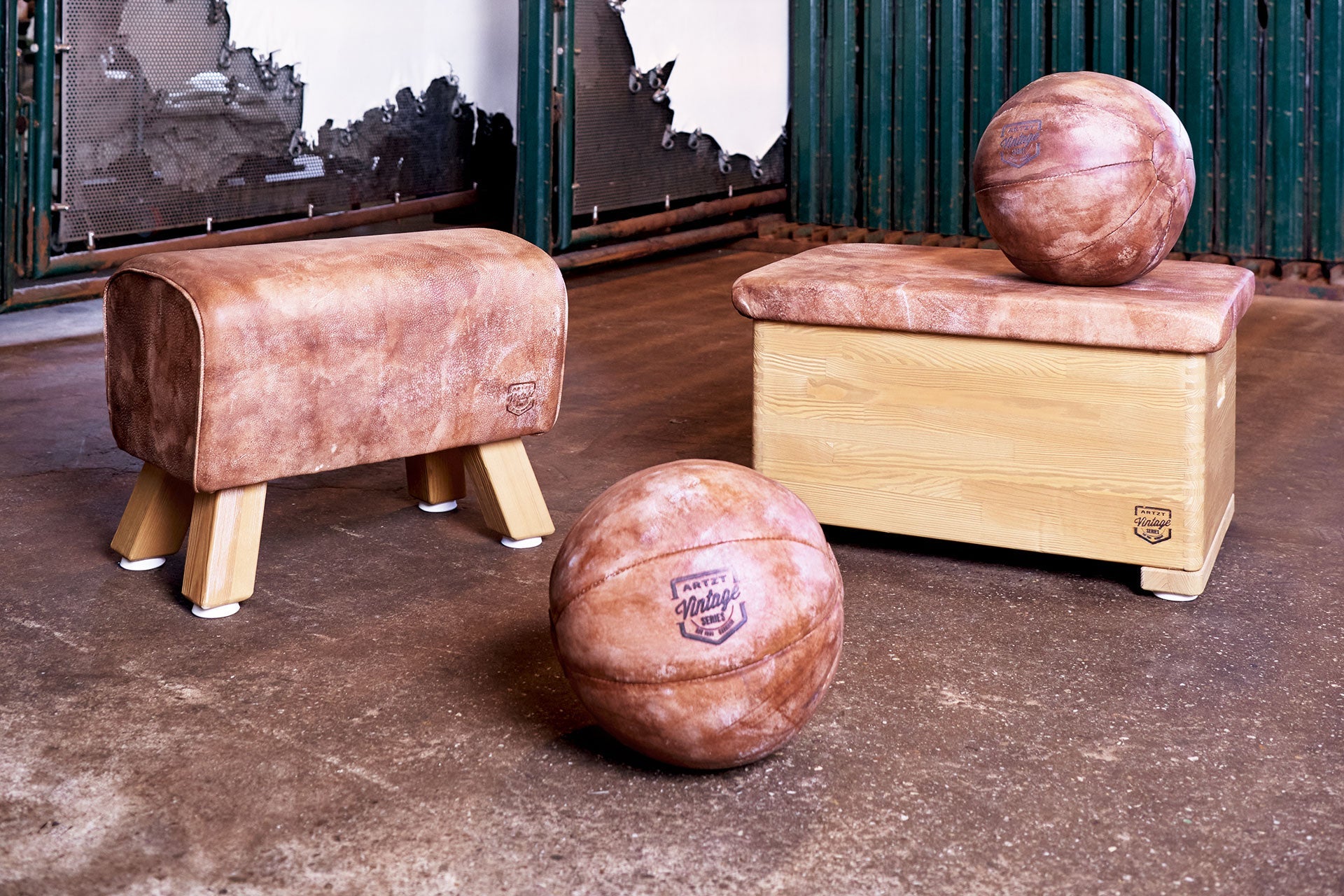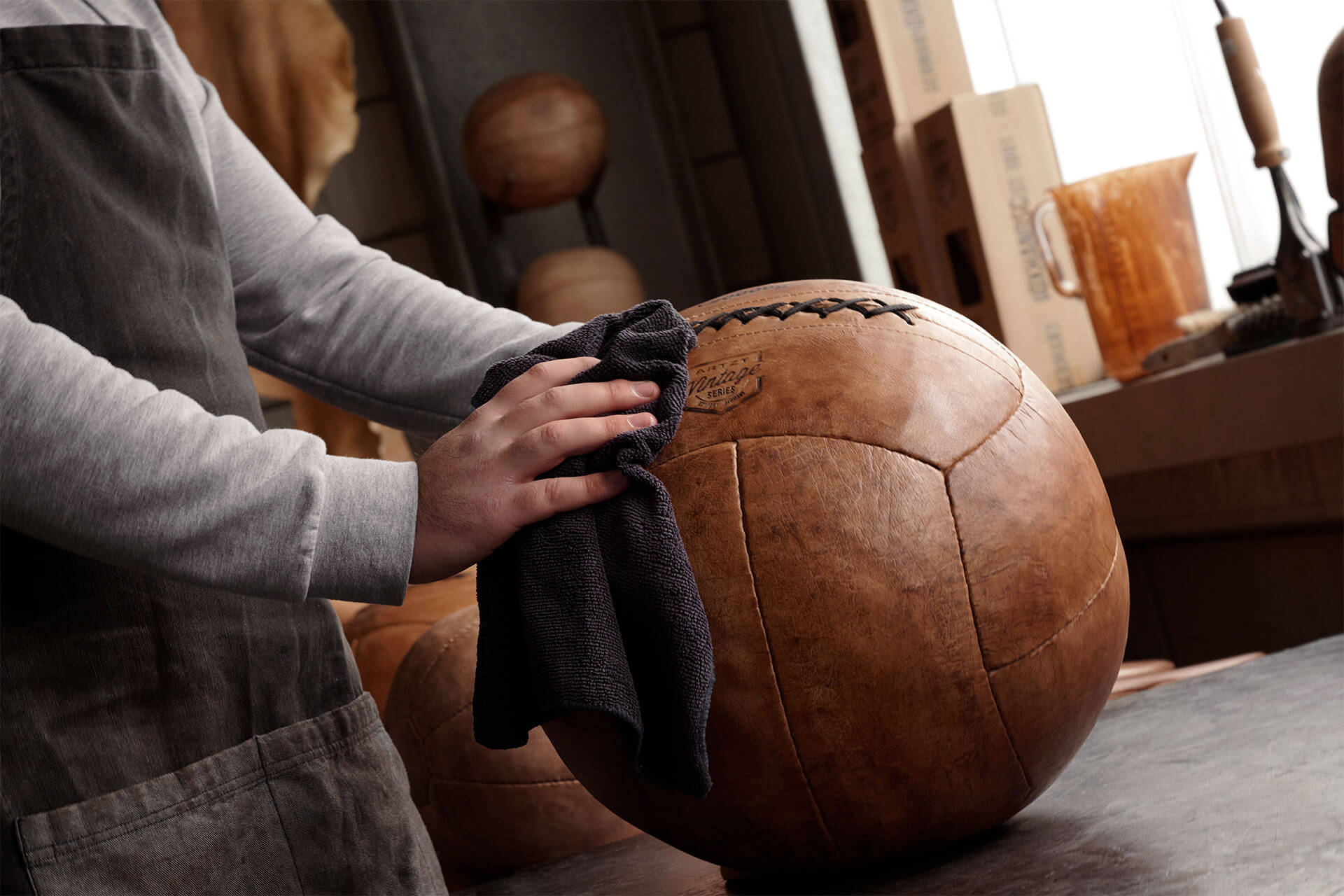Article: Real leather vs. artificial leather - That makes the difference

Real leather vs. artificial leather - That makes the difference
Reading time: 2 mins
Many aspects play a role when comparing real leather versus artificial leather. It's about animal welfare, environmental protection, sustainability as well as haptics, optics and durability. You can find out why we rely on robust cowhide in the following article.
Contents
What is faux leather?
Is real leather sustainable?
How is leather produced?
What are the advantages of genuine leather?
What is faux leather?
The question of which leather is better, artificial or real, is not that easy to answer anyway, because quality plays a decisive role in use. And there is both cheap imitation leather and real leather produced under inhumane and environmentally harmful circumstances.
Faux leather consists of a fabric layer to which a leather-look synthetic membrane is applied.
Cheap artificial leather products pose a high environmental burden, on the one hand due to their production and the petroleum-based ingredients, on the other hand because they usually only have a very limited lifespan and therefore sooner rather than later end up as plastic waste on landfills or even in the sea. Haptics and optics often leave a lot to be desired and after intensive use at the latest, the plastic coating of the fabric wears off and the product becomes unusable.
Yes, there are now plant-based artificial leathers. But the use of petroleum for the plastic coating of most plant-based imitation leathers also has a negative impact on the environmental balance. There are also plant-based imitation leathers such as cork leather and mushroom leather that do not require a plastic coating, but they differ greatly from the properties of real leather, are less hard-wearing and can therefore only replace this to a very limited extent.
Is real leather sustainable?
As long as mankind eats meat, there will be real leather, because the raw material for it is automatically obtained with every slaughtered animal. If the animal skin is not processed into leather, it ends up in the garbage. From the point of view of sustainability, it is actually a waste, since the animal should be processed as completely and profitably as possible after it has been slaughtered. It couldn't be more sustainable.
How is leather produced?
The animal skin only becomes leather through the time-consuming and complex process of tanning. The tanning process is decisive for how environmentally friendly the production of the leather is. Today there are both vegetable and chrome tanning processes that can be used to produce real leather in an environmentally friendly way.
Genuine leather is complex to produce, but high-quality leather produces a sustainable natural product with a unique character.
What are the advantages of genuine leather?
Genuine leather such as elaborately manufactured and refined cowhide is abrasion-resistant and extremely durable as well as very durable. And therefore also sustainable! Compared to imitation leather, which is nowhere near as long as real leather, high-quality leather is also more environmentally friendly in production.
>> Reading tip: Leather - Cleaning and care
With the right care, hard-wearing cowhide remains ready for use for many years and decades and can even be passed on to the next generation.

